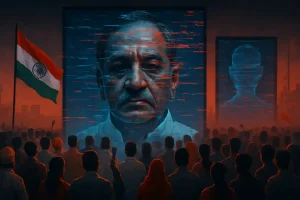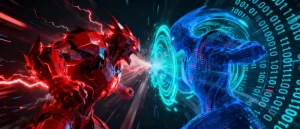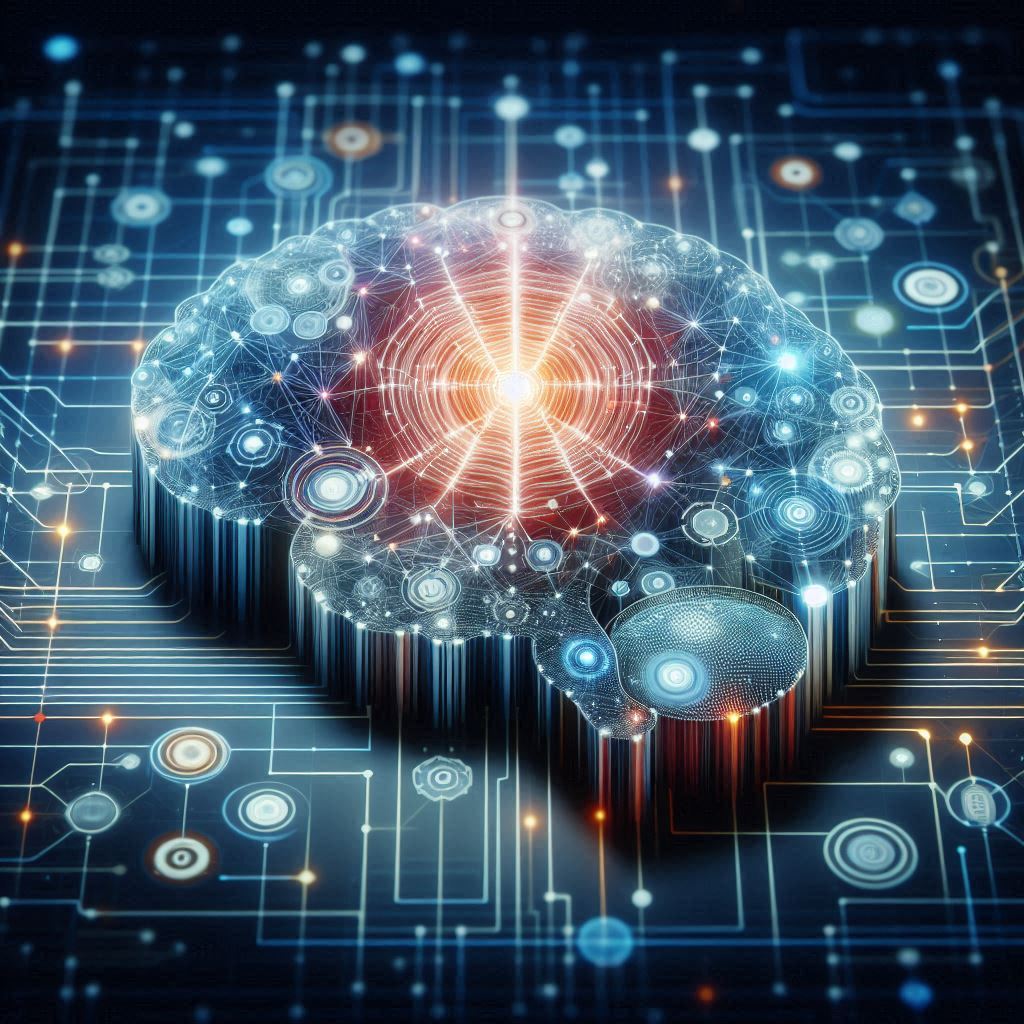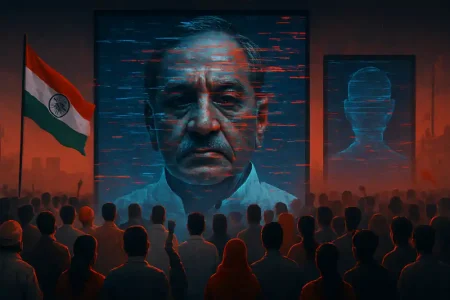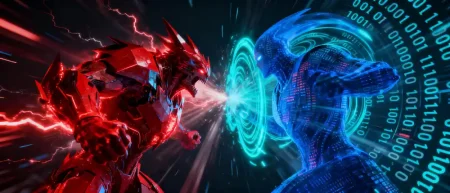In 2024, the state government of Gujarat signed an MOU (memorandum of understanding) with Microsoft to set up an AI (artificial intelligence) taskforce and centre of excellence at GIFT City (Gujarat International Finance Tec-City).
The move was undertaken to drive AI integration for sustainable development in the state, putting it at the forefront of technology-driven governance and development. Even the state governments of Karnataka, Tamil Nadu, Maharashtra, Telangana, and Andhra Pradesh have initiatives set up for AI governance. All of them are part of the ambitious IndiaAI mission, whose objective is to drive AI development, digital transformation, and tech governance.
The rise of applied AI, whether it’s organisations or society, is one of the most significant developments in the growth and adoption of generative AI in the country. How is this unique and distinctive approach helping India propel forward in the global race for AI autonomy?
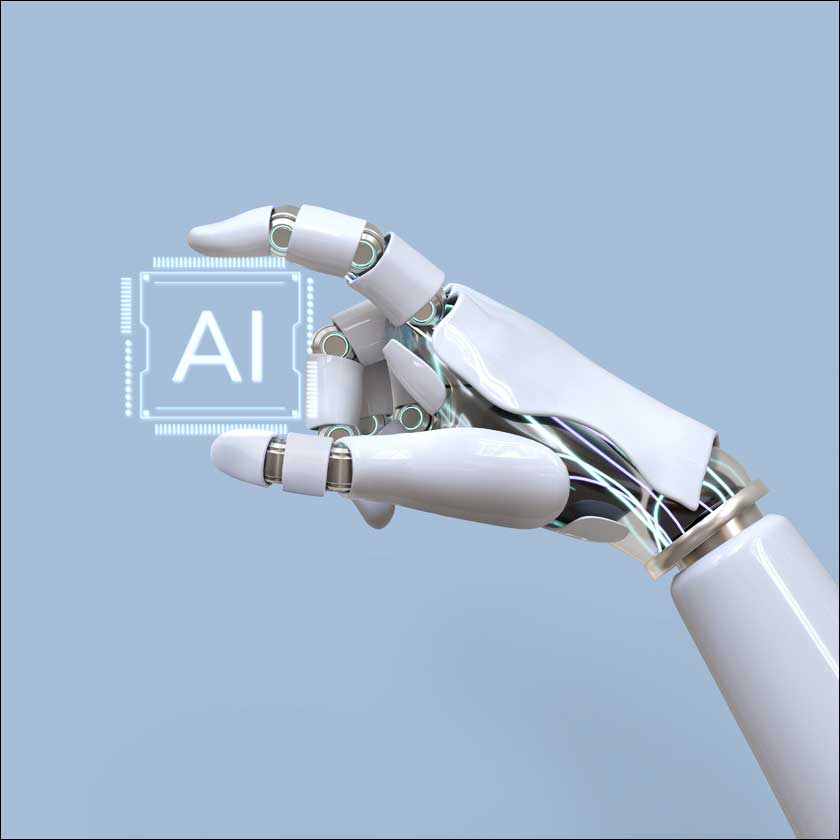
The Open-Source Development Model
The objective of the IndiaAI Mission is to design a comprehensive ecosystem fostering AI innovation and promoting ethical AI by bettering data quality, democratising tech access, developing indigenous AI capabilities, ensuring industry collaboration, attracting excellent AI talent, and providing startup risk capital to ensure socially impactful AI development.
To do so, Indian has taken the path of open-source AI development, fostering collaboration and inclusivity within the global AI community. The reason? They’re driven by collaborative innovation, open-source development ensures scalability, interoperability, and transparency — qualities that are extremely essential for a country as diverse as India.
Of course, the starting point of it all is digital literacy. With open-source models, the Indian government aims to make AI more understandable, adaptable, and accessible to the country’s local needs. For instance, the Bhashini initiative, which is spearheaded by the MeitY (Ministry of Electronics and Information Technology), incorporates Indian languages in LLM (large language model) processing.
The objective is to design NLP (natural language processing) models that support 22 official Indian languages as well as a plethora of regional dialects. It signifies the country’s dedication to AI democratisation by going beyond basic language processing and making these datasets and models freely available to startups and developers.
It’s not the only one. MeitY’s 2022-launched iGOT (Integrated Government Online Training) Karmayogi platform which aims to be a comprehensive learning ecosystem accessible to government employees across India. It employs open-source AI tools and tech to improve digital literacy through personalised learning, thus reducing costs while also ensuring user feedback-based continuous improvement.
As recent as July 9th, 2025, the Ministry of Information & Broadcasting launched the “Kalaa Setu” challenge for enhancing citizen-centric digital communication. Deployed through the WaveX Startup Accelerator Platform, this nationwide initiative has invited the country’s leading AI startups to develop scalable tools that generate a variety of multimedia communication from textual content. This includes graphics, video, and audio, which caters to India’s diverse linguistic landscape.
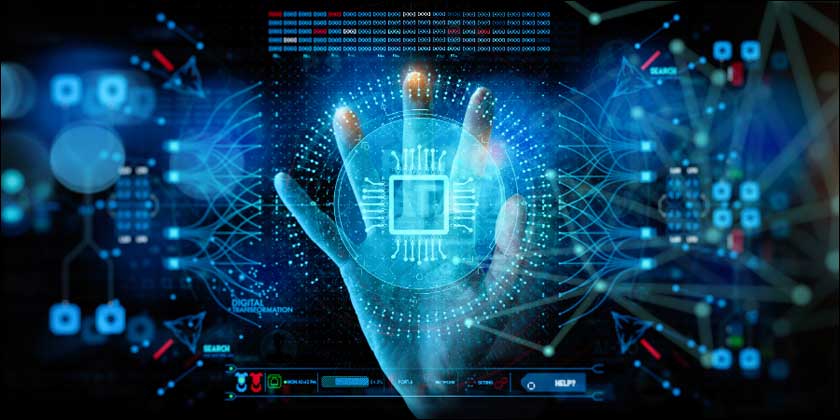
Transforming the Indian Economy
The great Indian AI revolution has already gotten off the ground across multiple states and sectors. In 2024, as many as six state governments had already embraced AI via state-specific projects that leveraged regional opportunities and addressed local demands.
- Education: For instance, Karnataka is paving the way to using AI in classrooms with the launch of the Shiksha Co-pilot, a generative AI-powered digital assistant. It aims to revolutionise how instructors plan for, implement, and carry out lessons. Not just that, but also the state is setting up an AI/ML (machine learning) administration unit. It will allocate a stipend of INR 15,000 for up to 200 engineering students at schools such as NITs (National Institute of Technology), IITs (Indian Institute of Technology), and IISc (Indian Institute of Science) who undertake AI/ML-related vocational training courses.
- Service industry: The face of the service industry in India is all set to change with generative AI. The Gujarat state government, in collaboration with IBM, has designed an “AI Cluster” in GIFT City. It’s all set to employ IBM’s Watsonx AI platform to set the wheels of digital transformation in motion in the banking industry. Not only does this partnership support AI literacy initiatives, but it also gives colleges access to resources like AI Sandboxes.
Another extremely exciting collaboration is between the Telangana government and Meta, the parent company of WhatsApp and Facebook. They’re revolutionising e-governance through generative AI using Meta’s most recent AI models, including the AI model Llama and WhatsApp chatbots.
Unlike systems where there are multiple contact numbers and websites, this bot works as a single-window access point for all kinds of public services. In fact, many well-known Indian consumer apps like Dream11, Meesho, and Flipkart, as well as startups, have announced the integration of Llama into their apps. The frontrunner has been Andhra Pradesh’s WhatsApp chatbot Mana Mitra, which consolidated as many as 161 public services, such as civic governance redressals, bus reservations, temple bookings, and utility payments, via a single phone number. - Employment: Maharashtra, in collaboration with the NIELIT (National Institute of Electronics and Information Technology), has created a “Centre of Excellence” in robotics, IoT, and AI for developing a proficient AI workforce. Even the Karnataka government’s GCC (Global Capability Centres) Policy aims to generate more than 3.5 lakh jobs by 2029.
Even the recently held SAS FutureGov AI Summit 2025 in New Delhi on 10th July, 2025, highlighted the importance of generative AI as not just a technological upgrade but also a strategic necessity for the future of AI and tech governance. While the transformation is not without its own set of challenges, India’s AI journey has just begun and is looking extremely promising.
In case you missed:
- AI: Bringing About The Next Agricultural Revolution In India
- Safe Delivery App and the NeMa Smart Bot: How AI Is Aiding Safer Births Amidst Limited Resources
- A Beginner’s Guide to Cryptocurrency Trading in India – Part 1
- From Ranking to Relevance: The Rise Of Generative Engine Optimisation
- Agentic AI and its Future in the Fintech Revolution
- Guiding Light: How Photonics is Revolutionising Data Centres
- All About DeepSeek, the AI Disruptor
- AI + Web3: Making A Smarter Internet
- All About Data Poisoning Cyberattacks
- The Pi Hackathon 2025: What It Means for the Controversial Cryptocurrency
